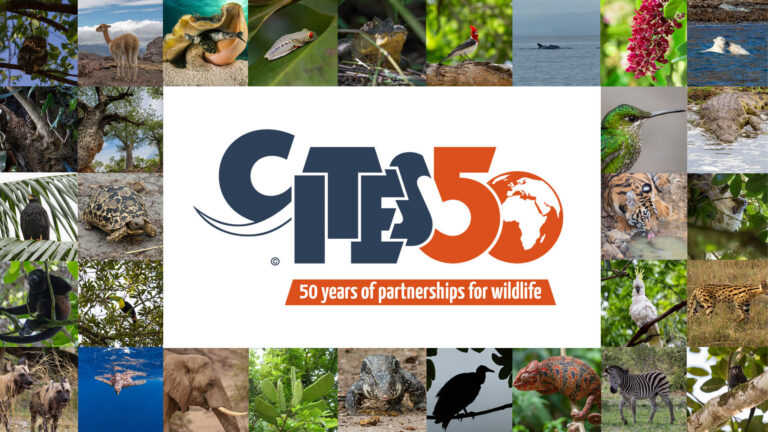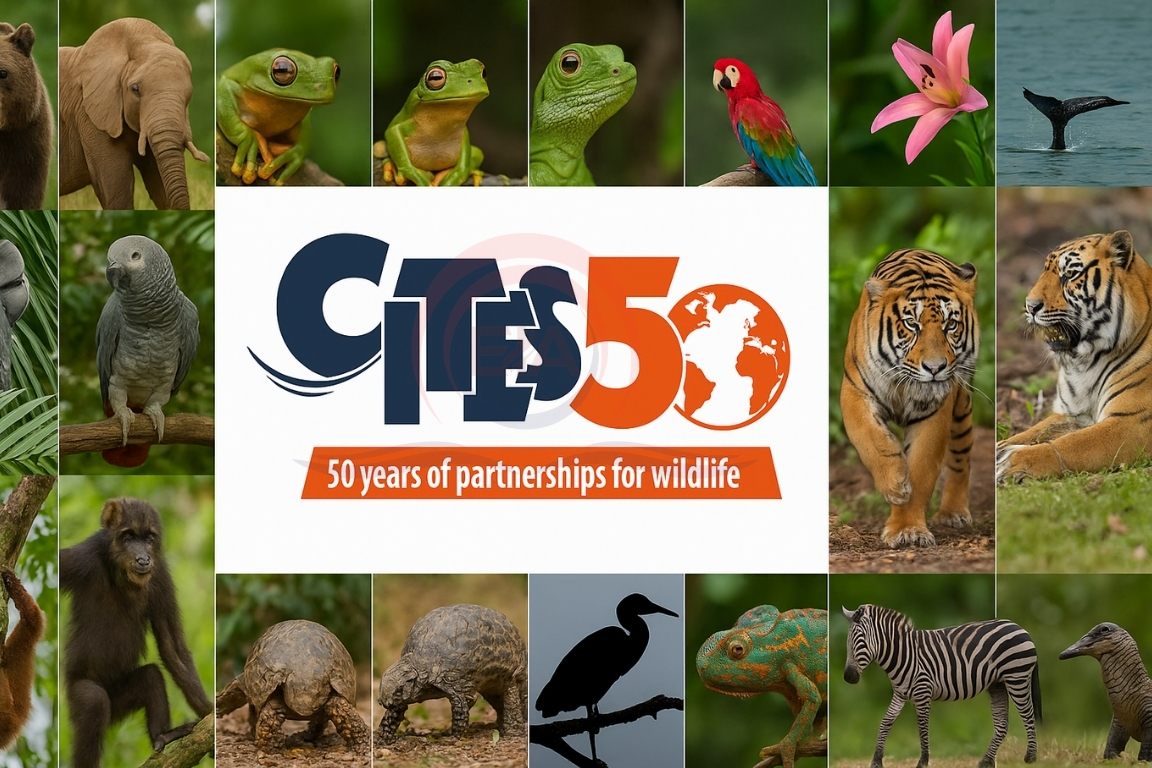CITES completed 50 years since it came into effect in 1975. This global agreement regulates international trade in endangered wild animals and plants to ensure their survival.
Background and Origin:
- The Convention on International Trade in Endangered Species of Wild Fauna and Flora (CITES) is an international treaty to control and monitor trade in threatened wildlife.
- It plays a vital role in conserving biodiversity by preventing species from being exploited for trade.
- First proposed in 1963 at an IUCN meeting.
- Officially came into force on July 1, 1975.
- India became a member in 1976.
- As of 2024, 185 countries are parties to the treaty.
Purpose and Key Features:
- Aims to ensure that global trade does not harm the survival of wild species.
- Works through a permit and license system for import/export of listed species and their parts (e.g., ivory, timber, animal skins).
- Divides species into Appendix I, II, and III based on the level of protection required.
- CITES is legally binding, but enforcement is done through national laws.
Administration and Structure:
- The CITES Secretariat is based in Geneva, Switzerland.
- It is managed by the UN Environment Programme (UNEP).
- CITES does not override domestic laws; countries must make their own legal systems compatible.

Significance of CITES:
- It was the first international treaty to regulate wildlife trade.
- Helps prevent over-exploitation and extinction of endangered species.
- Strengthens global cooperation for biodiversity protection.
- Supports sustainable development and wildlife conservation goals.
Major Programmes and Initiatives:
- MIKE Programme (1997): Tracks illegal elephant killings in Africa and Asia.
- ICCWC (2010): A group of international organizations working together to fight wildlife crime. Supports national law enforcement efforts.
- Strategic Vision 2021–2030: Aligns CITES goals with the Kunming-Montreal Global Biodiversity Framework. Focuses on sustainable trade and conservation.
- CITES Tree Species Programme (2024): Aims to promote the sustainable use and protection of endangered tree species.
Conclusion:
CITES has played a central role in global efforts to safeguard endangered wildlife from illegal trade. As it marks 50 years, its continued success depends on strong cooperation, legal enforcement, and support for biodiversity goals at both national and international levels.





